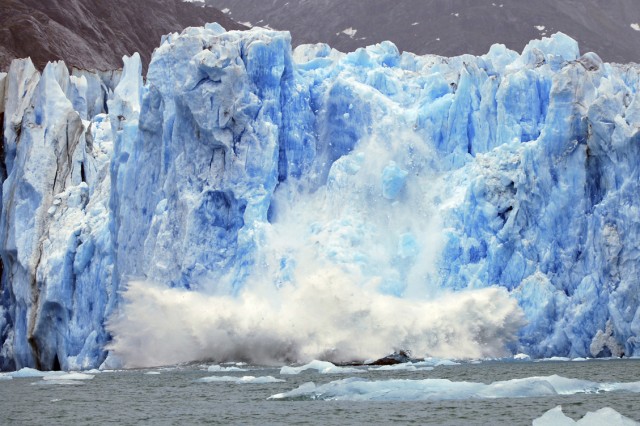Global temperatures hung a U-turn in 1900, reversing a 5,000-year chill-down
Ars Technica » Scientific Method 2013-03-07

The glacial cycles that have dominated the Earth's climate for millions of years are driven by changes in the Earth's orbit, reinforced by greenhouse gasses. But these changes occur over the course of tens of thousands of years, and we only have good global temperature records for the last 1,500 or so. This leaves questions about how the orbital cycles have interacted with shorter-term changes, like volcanic activity and changes in solar activity.
To provide a broader perspective on our climate, a team of researchers has reconstructed its history for the entire Holocene, the period that started with the end of the last ice age. The record shows that the Holocene temperatures largely followed the orbital forcings, peaking over 6,000 years ago and then gradually falling until roughly 1900. That's when the temperatures experienced a sudden reverse, going from among the coldest of the entire period to the warmest in less than a century.
The Earth's orbit and axis undergo cyclical changes, called Milankovitch cycles after the astronomer who first recognized them. These cycles cause changes to the amount and distribution of sunlight that strikes the Earth, changes that can raise or lower the average temperature of the planet. The result is what's called an "orbital forcing," which can drive long-term climate changes.
Read 11 remaining paragraphs | Comments